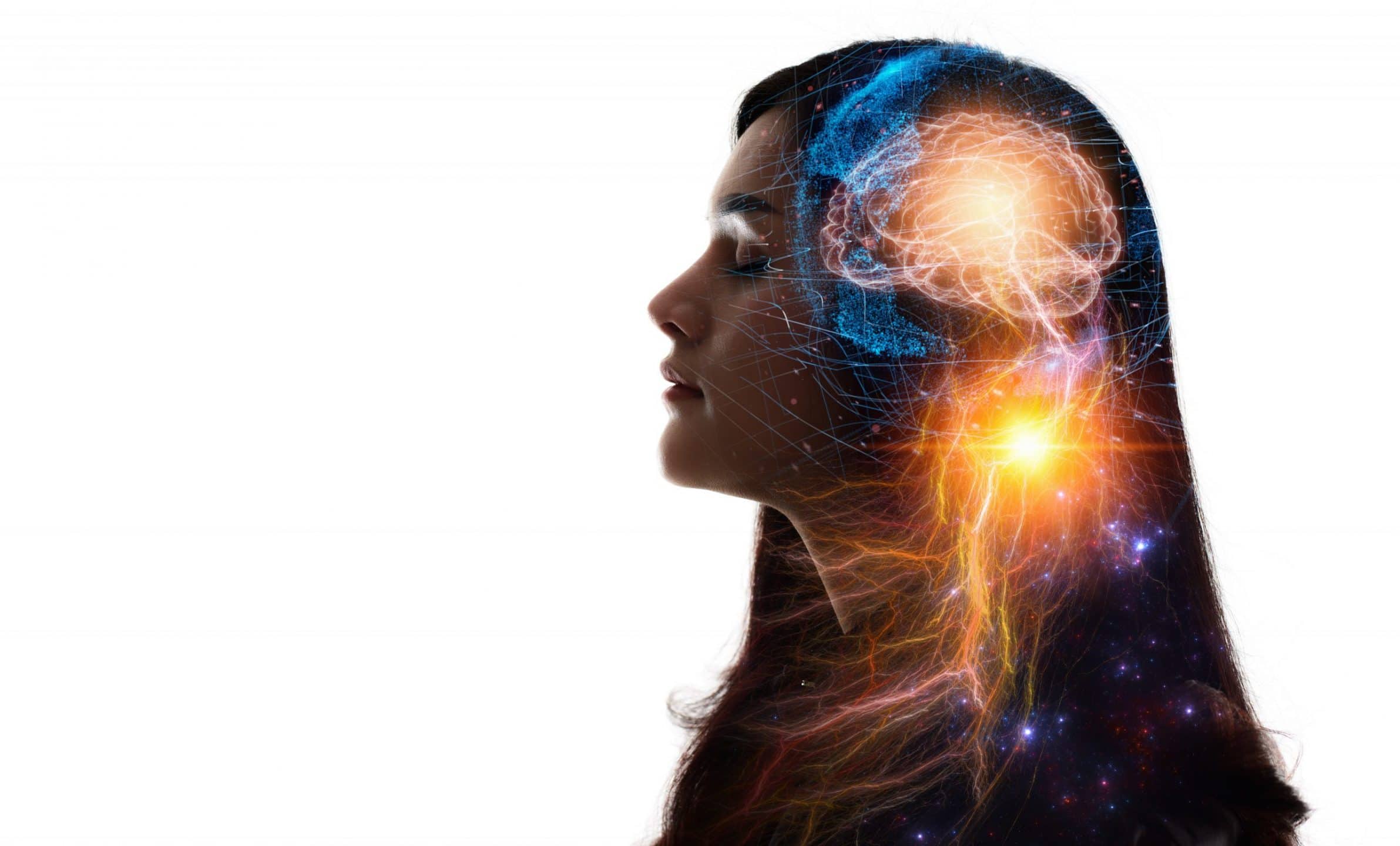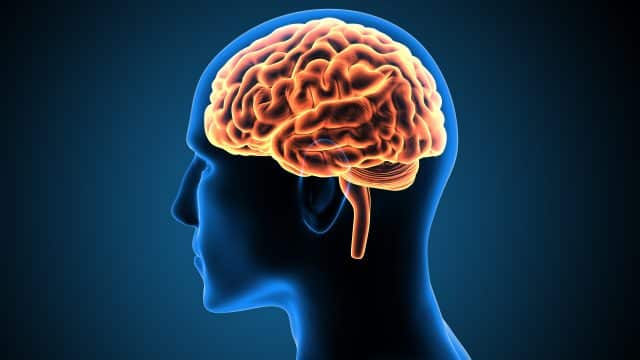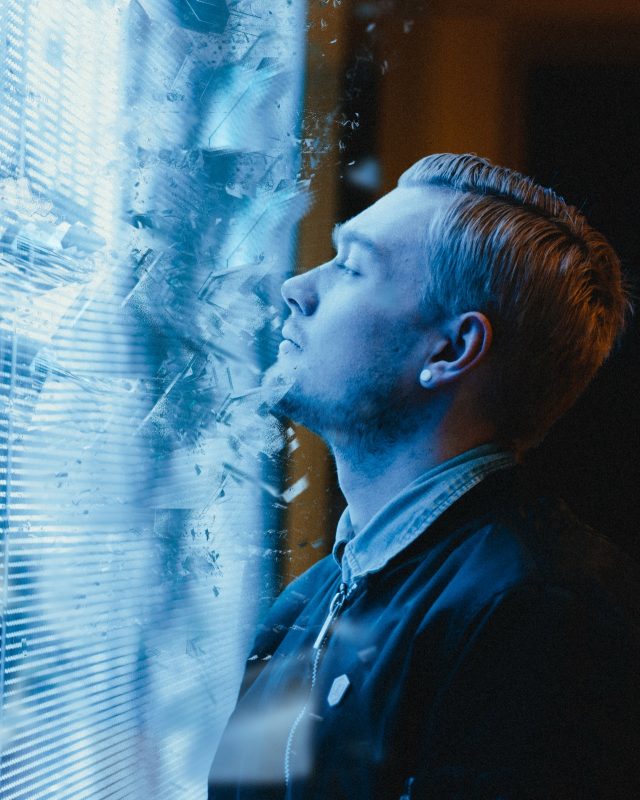What Does It Look Like To Repair Harm After Abuse
Volition The Encephalon Recover After Years of Drug Abuse?
Kreed Kleinkopf
|
March xix, 2022

While addiction is said to last a lifetime, that doesn't necessarily mean that the harmful effects on your brain will. Habit is a circuitous condition that is considered by the majority of healthcare professionals to be a affliction of the brain. It is frequently characterized past compulsive, almost uncontrollable, drug seeking and drug-using behavior despite negative consequences. People who suffer from drug addiction (or astringent substance utilise disorder) have an intense focus on getting and using a certain substance, like drugs or alcohol, to the bespeak that it takes over their lives. Furthermore, they keep using drugs or alcohol even when they know it will cause further problems in their lives, family unit, and fifty-fifty health. The brain has a unique way of developing cravings and reward systems with drugs and alcohol. Addiction impacts the brain on many levels when someone develops an addiction, the encephalon craves the substance as a advantage. The encephalon responds to addiction in several different ways depending on a number of factors, such every bit; the type of drugs used, the number of dissimilar drugs beingness used at the aforementioned time, the frequency or number of times drugs or alcohol are used within a specific period of time, and what phase of habit the addict is in. The brain is responsible for a majority of functions within the body. The brain regulates temperature, the emotions we feel, the decisions we make, elementary things like breathing and coordination, and much much more. This major organ in our torso also impacts concrete sensations that we feel, it is responsible for the cravings nosotros get, for our compulsions and our habits. When someone is nether the influence of powerful and harmful chemicals, like heroin or methamphetamines, they tin can alter the function of their brain. Most drugs interact with the reward center or pleasure eye of the encephalon, releasing potent feel-good emotions that affect the private'southward body and mind. Our brains reward us when we do something that brings usa pleasure, normally to encourage healthy habits that are meant for survival, like eating a good meal or working out. People who accept drugs or alcohol keep doing then to back up the intensely good feelings our encephalon releases, creating a cycle of drug utilize and intense highs. Somewhen, they have to take drugs only to experience normal. Our brains are essentially wired to increment the odds that we will repeat pleasurable activities. The neurotransmitter dopamine is fundamental to this, and when drugs or alcohol are released into the brain, we get a large surge in our dopamine receptors. The aforementioned goes for when our advantage eye is activated past a healthy pleasurable experience, simply a much smaller corporeality. This burst of dopamine trains our brain to recall that something important is happening and that it needs to be remembered. This dopamine signal causes changes in neural connectivity that make information technology easier to repeat this activity, or using drugs and alcohol, again and again, and over again, without thinking almost it, leading to the formation of our habits. Since drugs produce intense euphoria and a surge of dopamine, our brains powerfully reinforce the connexion between the consumption of the drug and resulting pleasure and all of the external cues (or triggers) that link the experience. This teaches our brains to seek drugs at all other expenses, information technology tricks your brain into believing that nosotros demand it to survive. Nosotros know by now that drugs cause damage to the brain and encephalon function. While drugs have an impact on a number of areas in the encephalon, there are 3 chief areas nigh heavily afflicted by drug or alcohol abuse. Abnegation from the use of drugs or alcohol is the just fashion to help get your brain function back to normal. According to the National Constitute of Health, one year of abstinence partially reversed the structural changes in the brain of an alcoholic. The most brain comeback will happen inside the first year of consummate abstinence, where some comeback tin have v to 7 years. After around xiv months of sobriety, though, the dopamine receptors in the brain return to normal. So yes, the brain can heal and this is an heady new area of study for doctors who have started using brain scan images to assistance addicts in their sobriety. While some damage may be permanent, quitting drugs and alcohol ensures no farther damage is caused. The simply way to guarantee that you are no longer causing harm to your body or your brain is to get help by reaching out to a 12 stride support group or by attending an addiction treatment facility. How Habit Changes the Brain


Parts of The Brain That Are Mostly Affected by Drug Corruption.
Can The Brain Heal?

More articles you might find useful:
Struggling With Addiction 2022 © All Rights Reserved
What Does It Look Like To Repair Harm After Abuse,
Source: https://strugglingwithaddiction.com/will-the-brain-recover-after-years-of-drug-abuse/
Posted by: morrissonging.blogspot.com


0 Response to "What Does It Look Like To Repair Harm After Abuse"
Post a Comment